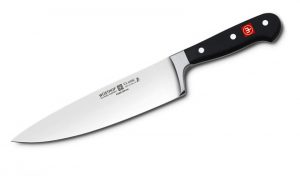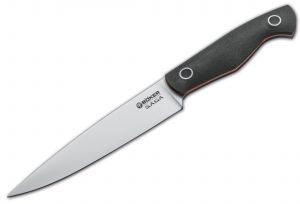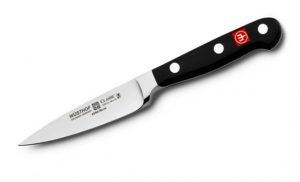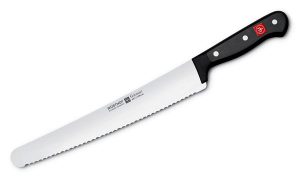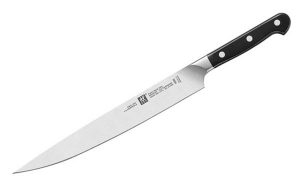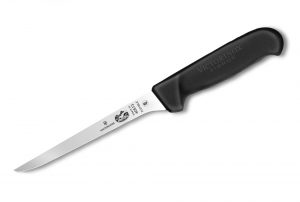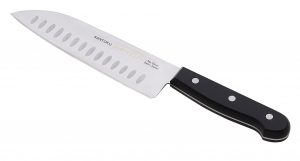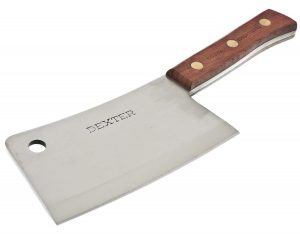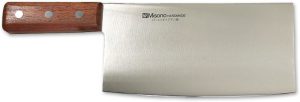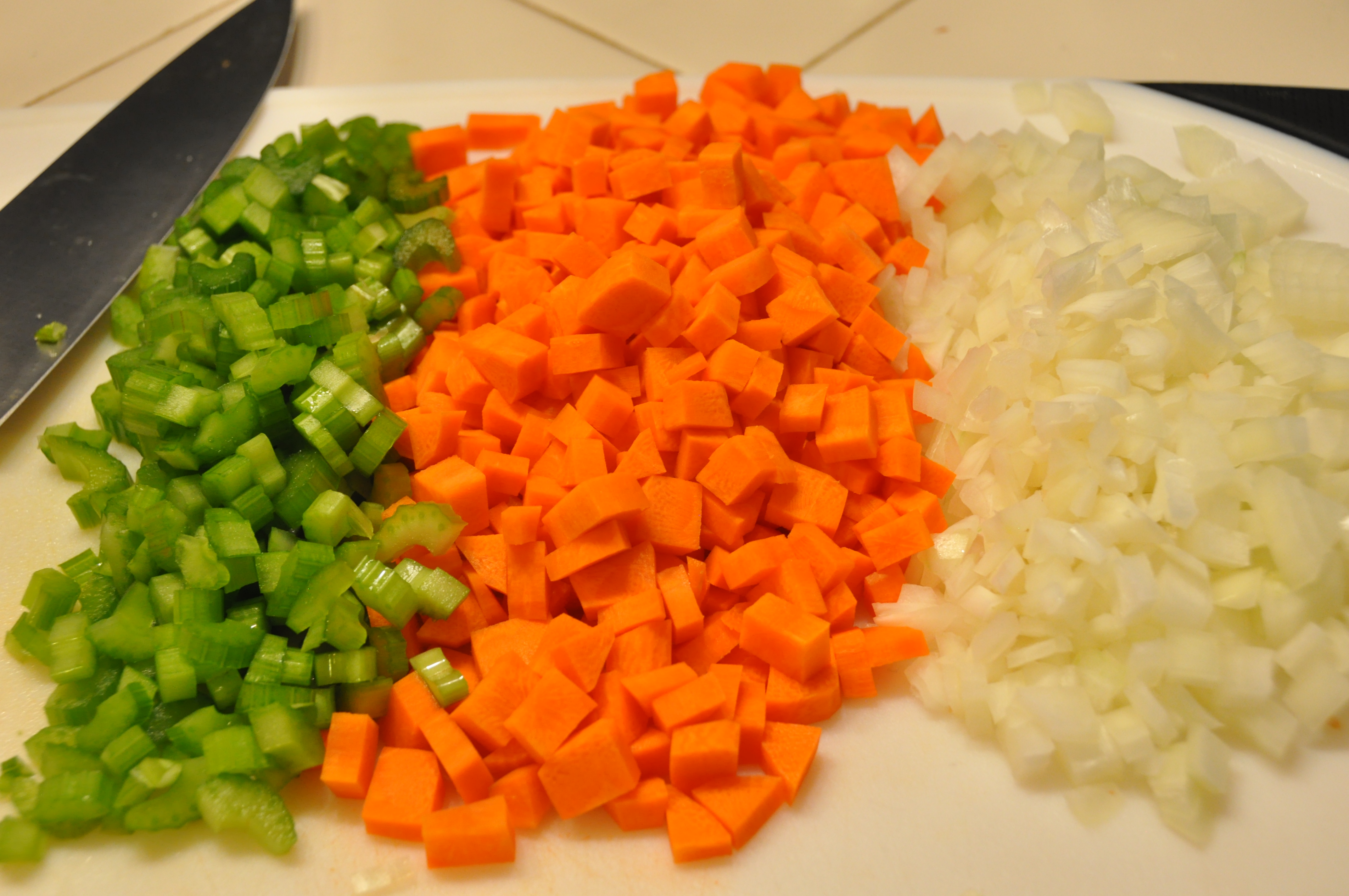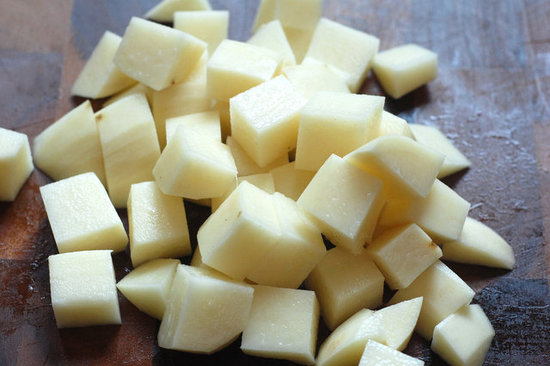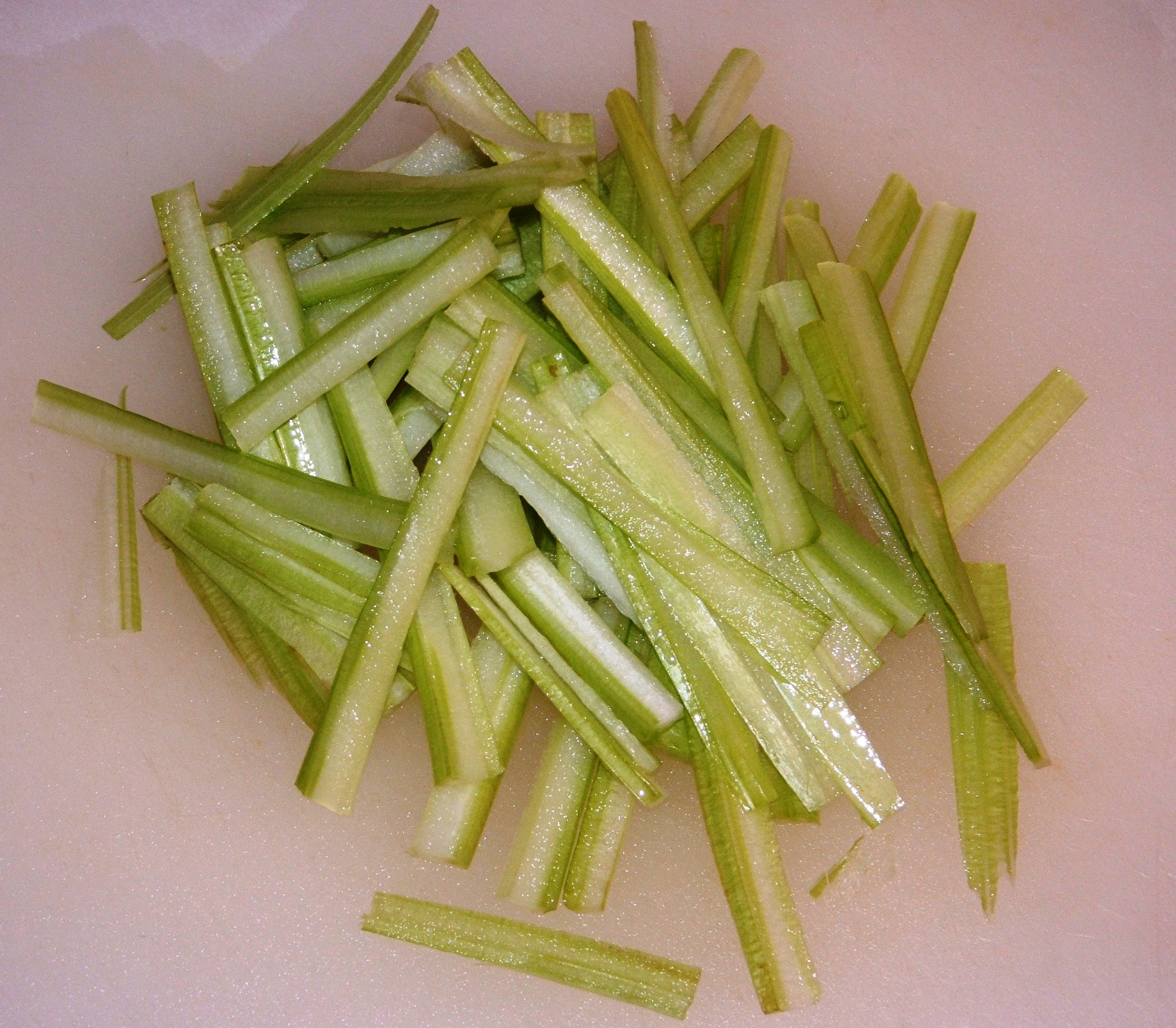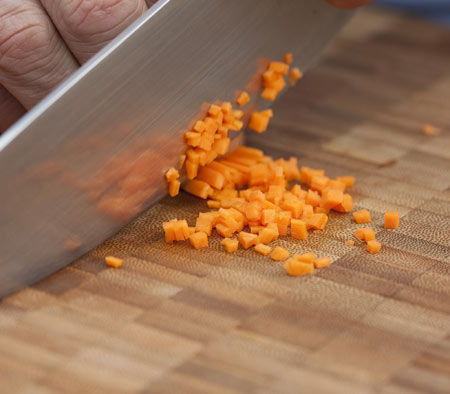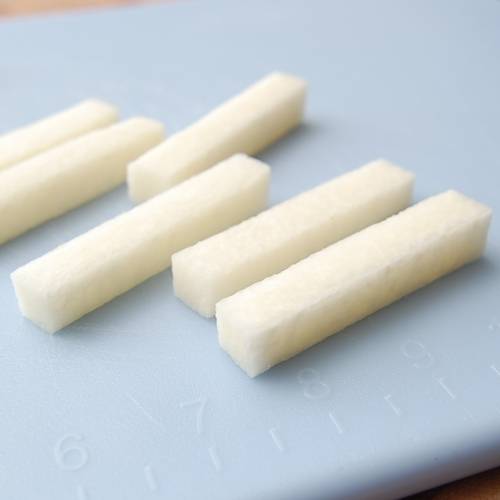Chopping and cutting are only two of the essential kitchen technique that you might want to master. Precisely-chopped fruits or vegetables will not only make you feel satisfied with your kitchen work, but also make the foods appear more presentable. In this article we would like to share to you the basic chopping and cutting techniques that will make you like a professional chef in no time.
First, it’s good to know the ‘anatomy’ of a knife.

Now, let’s move to the type of the knives that you need in your kitchen:
| Types of Knife | Use |
|---|---|
| Chef’s knife
|
This is the most commonly used knife. This is the knife you’ll use daily for chopping, slicing, dicing and mincing. |
| Utility knife
|
Utility knife has smaller size than chef’s knife. It is usually used for cutting sandwiches or slicing meat. |
| Paring knife
|
This indispensable knife is handy for smaller precision tasks like peeling, trimming, and slicing small fruits and vegetables. |
| Bread knife
|
Just like its name implies, this serrated knife is used for cutting soft, fresh loaves without squashing or tearing. |
| Slicing/carving knife
|
This type of knife is used for slicing meat, poultry or fish. |
| Boning knife
|
The boning knife is an ideal kitchen knife for removing meat from bones and cutting fish or poultry. |
| Santoku knife
|
The Santoku knife is the Japanese version of the chef’s knife. It is excellent for chopping vegetables and the wide blade works well for scooping sliced food off a cutting board. |
| Cleavers
|
The cleaver knife is wide-bladed, thick-spined knife that can be used to cut through meat or poultry bones. |
| Chinese cleavers
|
This knife is good for removing meat from bones, and like Santoku knife, it is good for scooping ingredients into cookware. Chinese cleavers are also used for tenderizing meat and crushing garlic. |
Now that you have mastered the type of knifes and their uses, let’s explore the basic type of cuts you can practice in your kitchen. These different cuts tie into your cooking skill and of course, the aesthetic of the foods. Keeping these in mind will help you to determinate what type of cut is appropriate for the dish you are cooking and add your cooking skill a whole new level.
| Types of Cutting | Description |
|---|---|
| Small dice
|
This is one of the basic cuts you need to know. Referred to as macédoine in French, a small dice is cube cut measuring about ¼ inch. |
| Medium dice
|
Size-wise, medium dice is larger than small dice. A medium dice is a cube cut measuring about ½ inch. |
| Large dice
|
A large dice is a cube cut measuring about ¾ inch. |
| The julienne cut
|
A julienne cut is sometimes referred to as the matchstick cut because of its stick-shaped and thin cuts. Cut from squared off item, you will then slice that item length-wise at a thickness of 1-2mm leaving you with thin rectangular cuts. This cut is usually used for stir-fried food or fillings for wraps. |
| The brunoise cut
|
Simply said, the julienne cut is the starting point for a brunoise. It is the smallest dice you can have. To get this cut, take your julienne cuts and bunch them up with your hand. Then cut the julienne into equally shaped dice. Brunoise cut is great for soups. |
| The batonnet
|
This type of cut is the largest stick-cut you can cut. It is used for crudités and for presentation purpose. It is not used as much as other types of cuts, but it is the foundation for the large dice. |
| The chiffonade | The chiffonade types of cuts are used when slicing very thin items such as herbs or leaf vegetables like spinach. To do this, you can simply stacking the items you’re going to slice. Then roll up the items like a cigar-shaped roll. Once it’s rolled, start slicing to produce a nice chiffonade suitable for garnishing and other purpose. |
Happy chopping!

